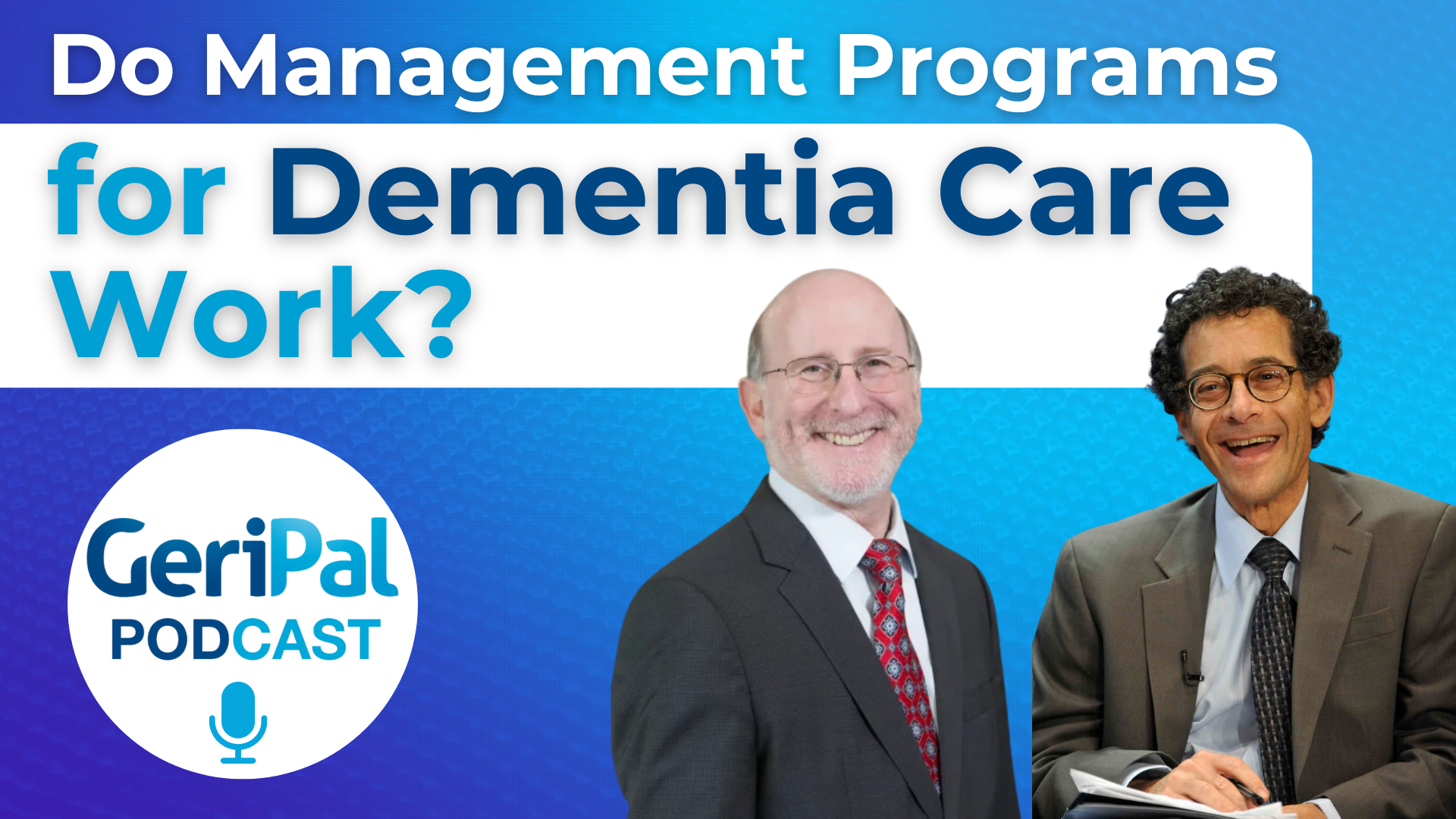
Alzheimer’s Disease and other dementias have impacts far beyond cognitive function. Alzheimer’s patients also experience steady declines in physical function. Over time, these patients lose the ability to do basic activities of daily living such as getting dressed or bathing, becoming dependent on family caregivers. Walking ability also steadily declines. For this reason, patients with Alzheimer’s disease fall frequently.
A landmark study published today in JAMA Internal Medicine demonstrates that a patient-centered exercise intervention administered by trained physical therapists can slow the physical deterioration of Alzheimer’s Disease.
The investigators randomized 210 patients (average age= 78) with moderate to severe Alzheimer’s Disease to either usual care or one of two exercise intervention groups as follows:
- Home Exercise: A physical therapist visited the patient’s home for one hour twice a week for one year. The treatments were goal oriented and tailored to the patients problems in physical functioning and mobility
- Group Exercise: Patients attended a day health center for 4 hours twice a week for one year. Exercise sessions, which lasted for about 1 hour, were administered by two physical therapists to groups of 10 patients. Exercise focused on endurance, balance, strength training, as well as cognitive exercises
It is important to note that this type of exercise program is far different from what a patient in the United States would receive with a physical therapy referral. The intensity and duration far exceeds what is generally available under the Medicare benefit. In addition, the Finalex study used therapists with particular expertise in dementia.
Was this intensive exercise intervention worthwhile? The answer is a resounding yes! The key results are as follows:
- The exercise program slowed declines in physical function. Patients getting usual care declined an average of 14 points over 1 year on the functional independence measure. Patients getting home exercise declined 7 points and patients in the group exercise declined 10 points. (The difference between both exercise groups and usual care was statistically significant. The difference between the exercise groups was not significant)
- The exercise groups had far fewer falls. The group exercise subjects had 40% fewer falls, and the home exercise subjects fall rate was more than cut in half. This impact makes this study one of the most effective fall intervention programs ever devised
- Even when accounting for the cost of the intervention, the health costs in the exercise groups were not more expensive than the costs of usual care. The cost of this intensive intervention was compensated by lower rates of health service use in the exercise groups. This goes to show that the best things in life sometimes really are free.
Based on this study, it would be reasonable to offer a similar exercise intervention to most patients with moderate to severe Alzheimer’s disease. Since the group and home exercise interventions both worked, the choice between the two approaches can be guided by the needs of individual patients.
Unfortunately, it will be nearly impossible to make these types of intervention available to patients with dementia in the United States. Structurally, our health system seems incapable of providing such intensive patient-centered services on a long-term basis. Also, the intensity of physical therapy considerably exceeds that which is typically approved by Medicare.
Its not that the US health system does not spend a lot of money on Alzheimer’s Disease. We pretty much can get as many MRIs as we want. We can also spend as much as we wish on the repeated hospitalizations that are often related to the physical deterioration that exercise interventions may prevent. It is the nature of the US health system that we are often able to spend vast sums of money on stuff that does little to help our patients, but are unable to spend much less on the stuff our patients really need.
If these exercise interventions were drugs, they would be on the fast track to approval. But they are not drugs and there will be no special interests with the resources needed to fight for their availability.
Can you imagine the uproar that would occur if CMS announced that it would it no longer pay for dementia drugs such as donepezil (Aricept) because their marginal benefits do not justify their costs? Surely, there would be screams of rationing. But the inability to provide patients these types of exercise interventions, as well as other multidisciplinary caregiver focused interventions that have been proven to improve outcomes in Alzheimer’s disease, is rationing just the same. Why is there no uproar?
by: Ken Covinsky



